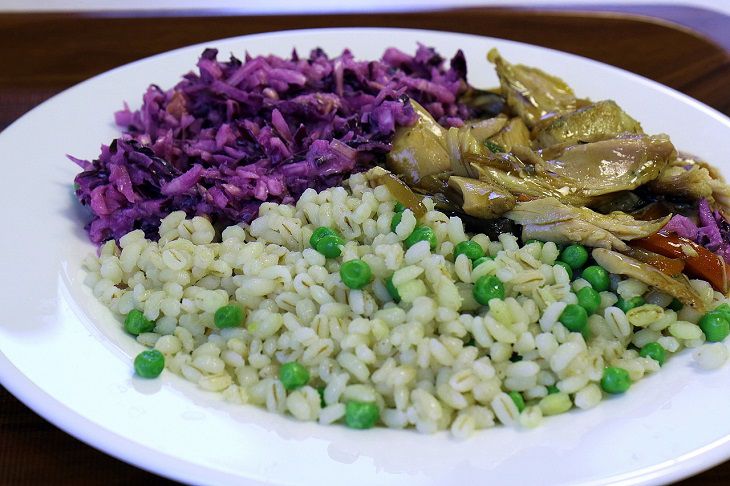Pearl barley: the beneficial properties of precious cereals – what kind of people need to eat it
The first information about the consumption of pearl barley porridge appears about 10,000 years ago.
There was a time when this cereal was considered worthy only of the royal table. References to this product of processed barley grains are found several times in the Bible.
During the Soviet era, the production and distribution of pearl barley in the Union reached almost industrial proportions.
All this is connected with the fact that pearl barley contains a huge amount of vitamins and microelements. Chromium, potassium, iron, calcium, zinc, even phosphorus, vitamins D, A, PP, B-group, a significant amount of fiber (more than in wheat groats), a lot of protein (and the amino acid composition of this porridge is very rich, it even includes lysine, which is necessary for the correct formation of collagen threads, that is, it eliminates wrinkles and makes the skin smooth and elastic).
Pearl barley, thanks to selenium, is also a strong antioxidant.

Pearl barley on the table is the only choice for ischemic heart disease, prevention and containment of atherosclerosis, and weakened immunity.
It is easy and simple to prepare pearl barley porridge as a side dish, it is practically universal, the cereal can be added to soup, giving it a new taste and richness. There are a huge number of recipes for preparing pearl barley and dishes based on it.
For gentle diets, slimy and/or pureed pearl barley soup is very suitable.
Since ancient times, barley decoctions have been successfully used to treat liver diseases, to increase lactation, in the therapy of various diseases for blood-purifying, diuretic, expectorant effects. The general strengthening effect of pearl barley is also great.
It is worth adding that a decoction of sprouted barley flour (malt) inhibits tumor growth at the onset of cancer.
